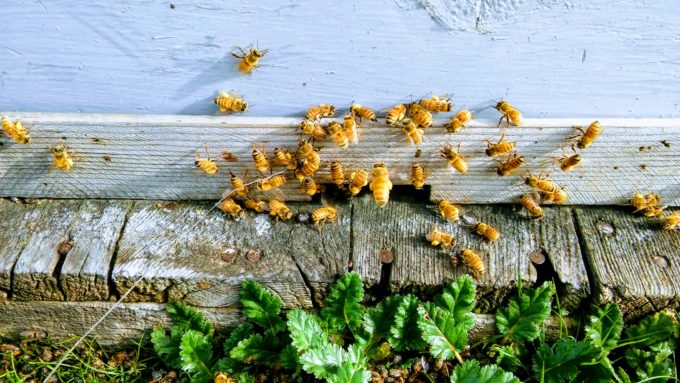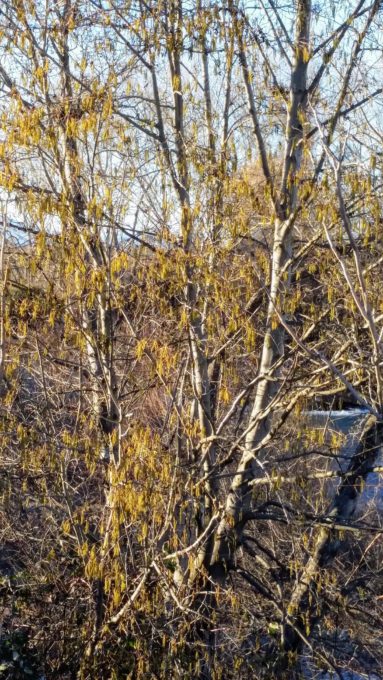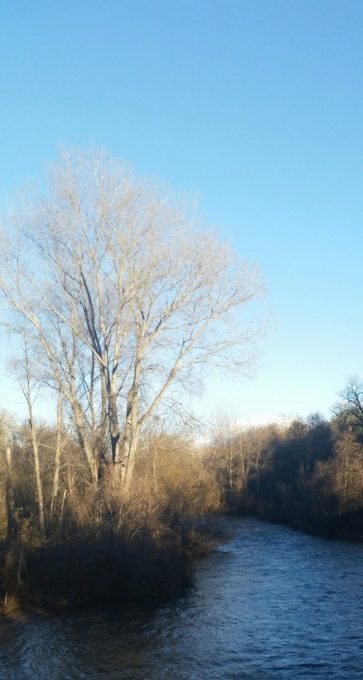 As January comes to a close and much of the country is still buried in snow, signs of spring are beginning to show here in Northern California. After receiving above-average rainfall this winter, the land feels as if it’s ready to burst with life after years of severe drought. Farmers and beekeepers already have high expectations for the year as reservoirs fill and the land soaks up rainfall.
As January comes to a close and much of the country is still buried in snow, signs of spring are beginning to show here in Northern California. After receiving above-average rainfall this winter, the land feels as if it’s ready to burst with life after years of severe drought. Farmers and beekeepers already have high expectations for the year as reservoirs fill and the land soaks up rainfall. 
Forage for bees in most of California has been been very scarce in recent years and beekeepers have relied on near year-round protein feeding. This is especially crucial in preparation for taking the bees into the almond orchards in February, when large colonies are desired for pollination.
In addition to feeding protein patties, very early pollen sources can really help jumpstart colonies before the almond bloom and queen breeding season. This year in particular I noticed the bees bringing in large amounts of alder tree pollen in the foothills and parts of the Sacramento valley. A few beekeepers have mentioned that in most years red alder is the first major pollen source of the region, including the Pacific Northwest. Having this natural pollen for the bees to mix with the supplemental feed can stimulate consumption of the patties and help early build-up. This probably due to the fact that the bees need to combine protein sources so all essential amino acids are present in sufficient amounts.

Alter trees seem to prefer “wet feet” and can often be found along bodies of water. In January in Northern California they can easily be seen along the banks of creeks and rivers in the foothills, with the bright yellow catkins standing out starkly against the brown leafless trees. Being a wind pollinated tree, the pollen is produced in copious amounts and the grains can even be seen dusting the ground under the tree.
Because alders do not rely on bees for pollination, they have no need to produce nectar to lure them in. However, their value as the first pollen of the year more than makes up for this shortcoming. This spring keep an eye out for this useful and beautiful tree. Happy beekeeping!
